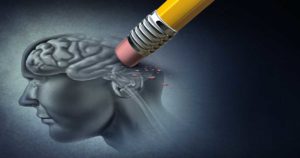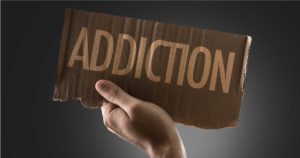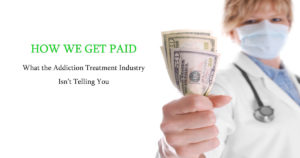Addiction is a Disease; a disorder of structure or function to our body’s systems
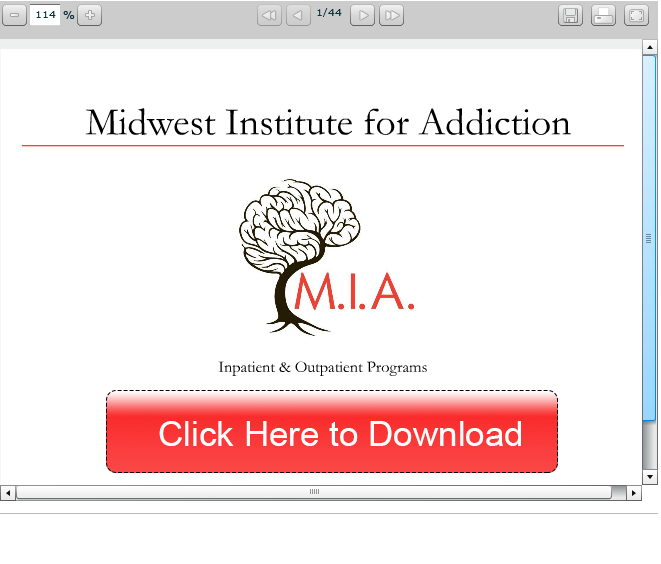
People often disagree with the idea of addiction as a disease, in the same way, we call conditions like diabetes a disease. The behavior of addicts is frustrating, ugly, even unbelievable at times. How can driving drunk be a symptom of a disease? How can choosing to use a drug at the expense of self and others be a disease?
The common argument against calling addiction a disease is the statement that addicts make the choice to use drugs and that their inability to stop is simply immature and irresponsible behavior. Diabetics, for instance, do not have a choice about whether or not to have high blood sugar. These arguments make sense and are often embraced for their intuitive appeal alone.
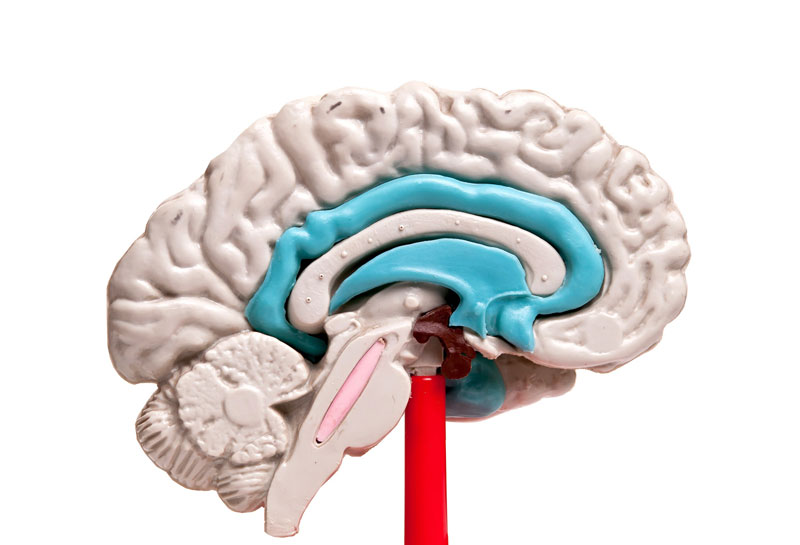
When doctors use the Disease Model of Illness to think about a disease, they think of a specific physical defect in some organ or a physiological system of the body. That defect, once discovered, provides a causal explanation for the patient’s symptoms and points the way to treatment. With diseases like diabetes, the defect is easy to understand. With brain disorders, however, it is not that simple.
Our understanding of brain disorders has not kept pace with our understanding of other diseases – like diabetes. A big part of our difficulty in calling addiction a “disease” stems from the fact that no one could ever find the defect in the brain that caused addiction. Without a physical brain defect to point to, addiction never earned the status of “disease” like diabetes did. The addict’s symptoms were assumed to be due to their intrinsic badness – their immaturity, their irresponsibility, or worse.
But guess what? In the last twenty years, we have learned a lot more about the brain. We know what the physical defect of addiction is and where in the brain it is. Addiction is a defect in the hedonic system or the system that perceives pleasure, which is deep in the part of the brain that handles basic survival. Because of this defect, the addict unconsciously thinks of the drug as life itself. Beer is not just a beer anymore – the addict needs the beer to get through life and when the beer is unavailable they crave it.
While it is true that the addict may have a choice in whether or not to use drugs, they do not have the choice over whether or not to crave. If craving gets bad enough, even the strongest-willed, most mature and most responsible person will return to using drugs. No brain can ignore that survival imperative. And this isn’t even taking into account the actual variance in brain function that occurs over time which has shown increased risk-taking and poorer decision making in long-term users.
One of the big reasons we have difficulty calling addiction a disease is our inability to grasp the true nature of craving. Craving is a very real mental suffering the addict endures when they come to the point in their addiction when they are using drugs even when they do not want to.
If you are in medical school and you write, “addiction is not a disease” on one of your exams – you will flunk. In medicine, we now know that the addict’s brain really is different than normal brains, and from a physiologic standpoint we now know how it is different. This explains a lot of the symptoms we see in full-blown addiction and helps us develop better, more effective treatments to help the addict recover. It also means that addiction fits the Disease Model of illness as well – if not better – than many other diseases. Like, say, diabetes.
-Kevin McCauley, MD








